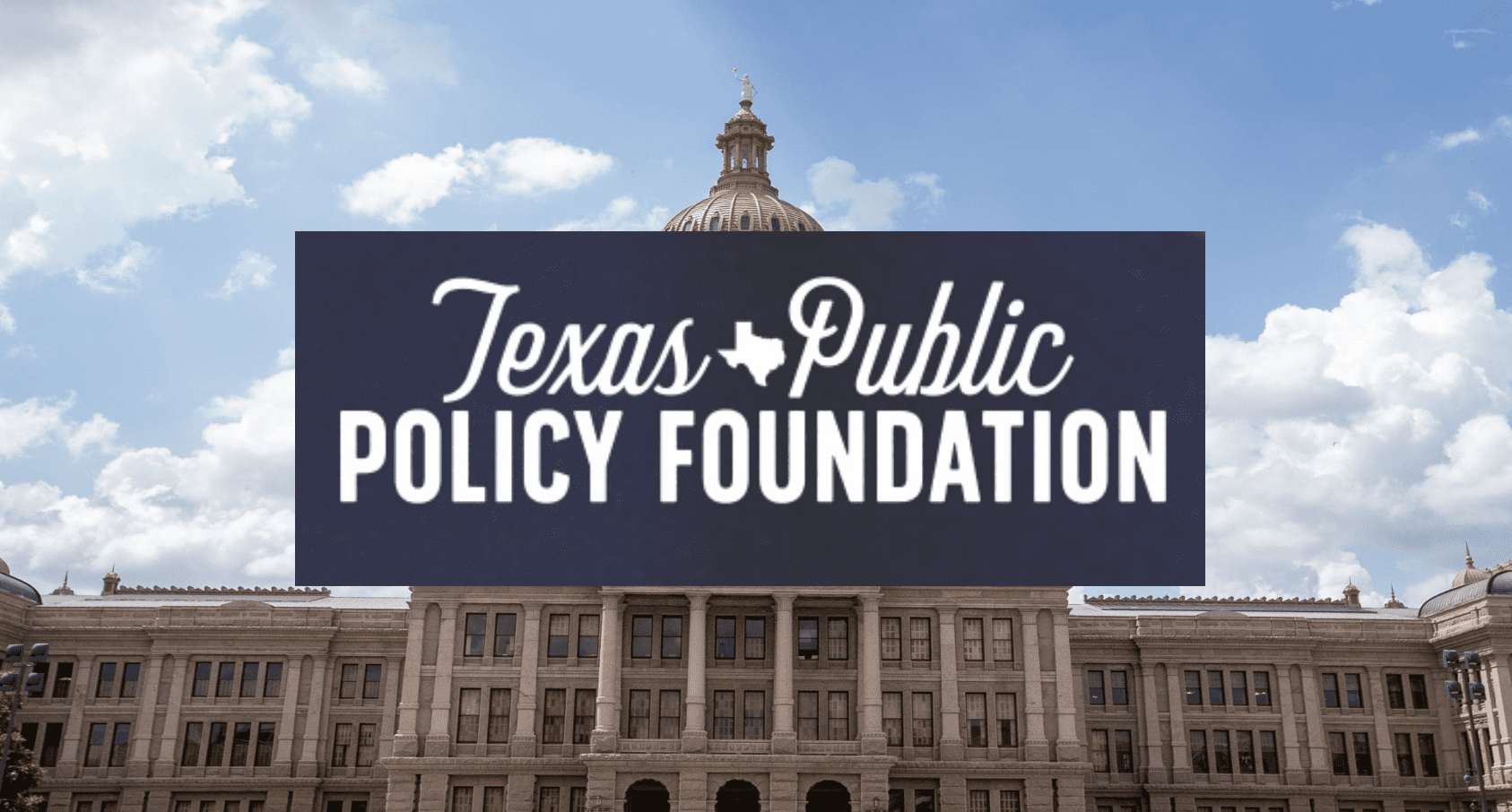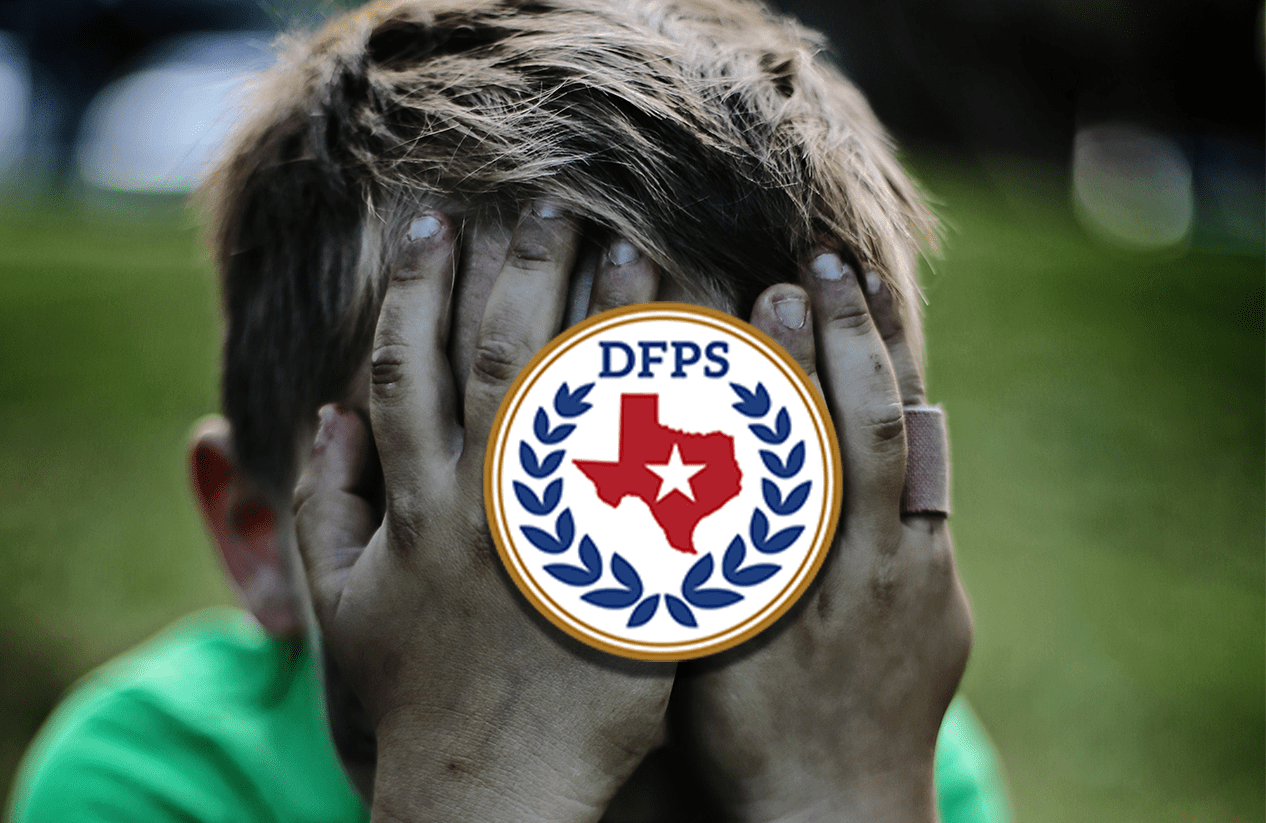House leadership, with the help of the entire Democrat caucus, want Texans to believe the state economy is in such dire straits that the only remedy resides in tapping the state’s Rainy Day fund to save the state from fiscal Armageddon. This makes for a gripping narrative, save for one problem.
It simply isn’t true.
A closer look at the numbers reveals that lawmakers actually have more money to spend today than they appropriated for the previous fiscal biennium. The 84th legislature spent $141.1 billion in state funds and $209 billion in all funds (including federal dollars) for FY 2016-17. The amounts available to lawmakers for the FY 2018-19 budget are $149 billion in state funds and $224.8 billion in all funds – well above previous spending levels.

Source: Texas Comptroller of Public Accounts
As illustrated, total net revenue is expected to increase by 3.9%. While house members are tripping over themselves to maximize state spending, senate appropriators managed to find savings in the budget.
The Senators have kept their budget, Senate Bill 1, within a conservative framework that limits spending growth to the combined rates of growth in state population and inflation. That framework, sometimes referred to as the “Conservative Texas Budget,” gives room for appropriations increases up to $147.5 billion in state funds and $218.5 billion in all funds. The upper chamber’s version of the budget comes in well under these figures with room to spare, appropriating $145.2 billion in state funds and 217.8 in all funds.
Over the past several weeks, senate appropriators have been diligently combing through the state’s finances, looking for ways to trim unnecessary spending, while simultaneously addressing major priorities and preserving the Economic Stabilization (“Rainy Day”) Fund for true emergencies and critical one-time expenditures.
The Senators have accomplished this is by doing the hard work that lawmakers typically shy away from – such as reducing often wasteful “special items” funding for universities, finding $400 million in Medicaid savings, and replacing full funding of government pre-kindergarten with reduced amounts for public-private partnerships. Senate Bill 1 also allocates $2.6 billion for education enrollment growth, an extra $430 million to CPS and foster care services, and $316 million more to shore up the teacher retirement system.

As Texas Scorecard has reported previously, responsible budgeting could mean the difference between Texas’ AAA credit rating and higher debt expenses.
Speaker Straus, House Appropriations Committee Chair Rep. John Zerwas (R–Richmond), and his fellow committee members should take a cue from their counterparts in the upper chamber when it comes crafting a fiscally sound budget. In this case, reports of our “budget crisis” seem to have been greatly exaggerated by those who simply want to rapidly increase spending.
Senate Bill 1 has been placed on the Senate intent calendar for Monday, March 27th at 2:00 p.m. Live video from the proceedings can be accessed here.



